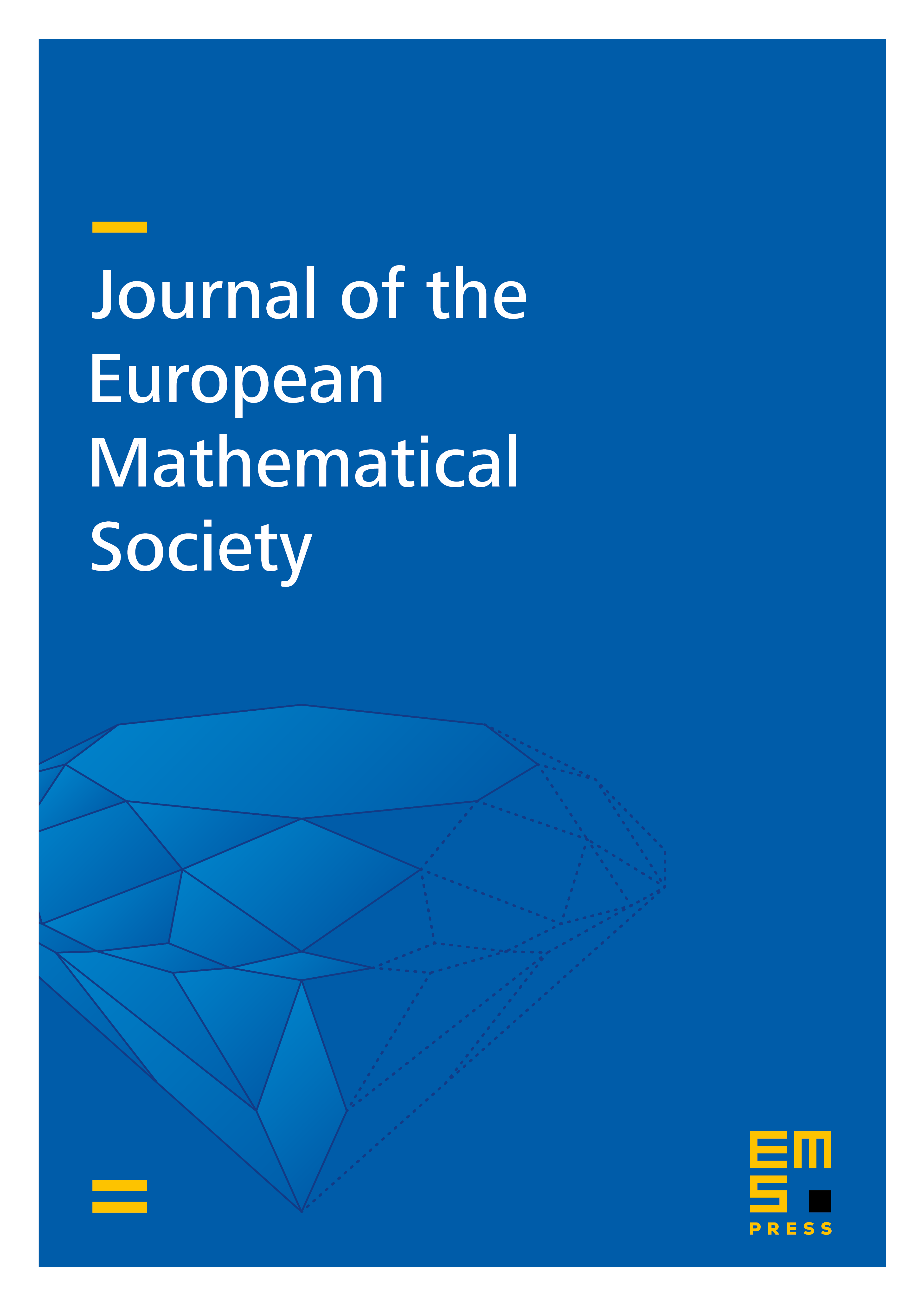Hamiltonicity of cubic Cayley graphs
Henry H. Glover
Ohio State University, Columbus, USADragan Marusic
University of Ljubljana, Slovenia

Abstract
Following a problem posed by Lovász in 1969, it is believed that every finite connected vertex-transitive graph has a Hamilton path. This is shown here to be true for cubic Cayley graphs arising from finite groups having a -presentation, that is, for groups generated by an involution and an element of order such that their product has order . More precisely, it is shown that the Cayley graph has a Hamilton cycle when (and thus ) is congruent to modulo , and has a long cycle missing only two adjacent vertices (and thus necessarily a Hamilton path) when is congruent to modulo .
Cite this article
Henry H. Glover, Dragan Marusic, Hamiltonicity of cubic Cayley graphs. J. Eur. Math. Soc. 9 (2007), no. 4, pp. 775–787
DOI 10.4171/JEMS/96